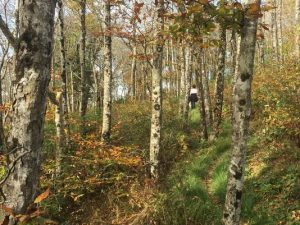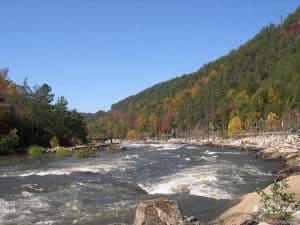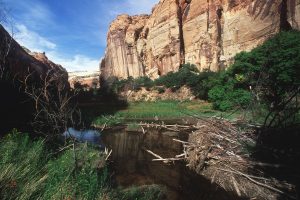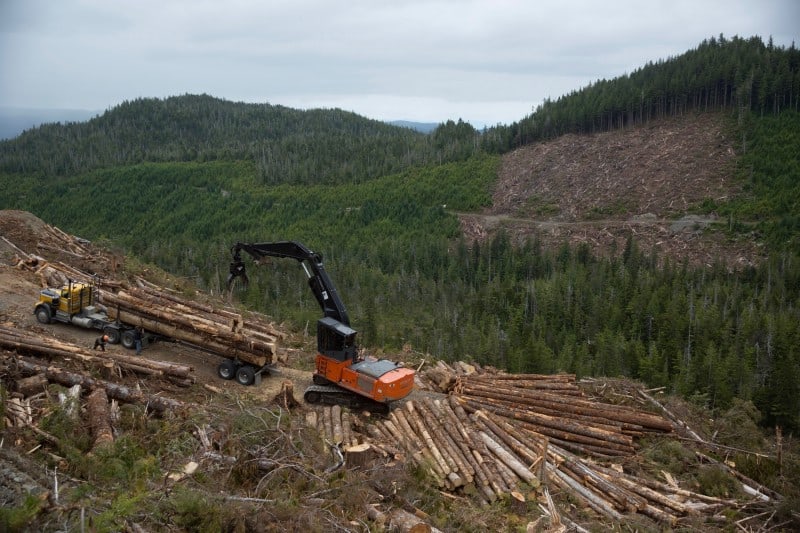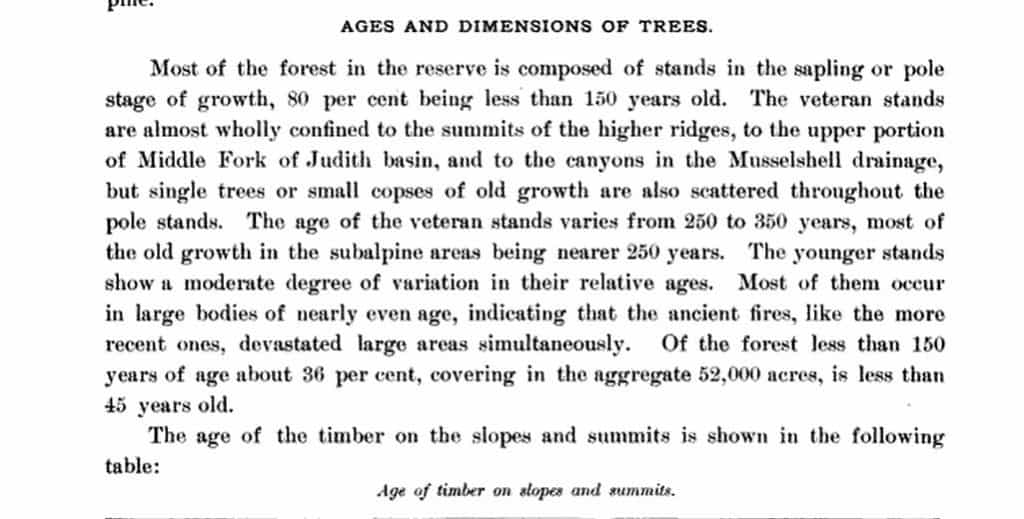The Nantahala-Pisgah is expected to release its draft EIS and draft revised plan this summer. “MountainTrue and the Nantahala-Pisgah Forest Partnership will host expert panels on the future of the Nantahala and Pisgah national forests” at four locations this month “to keep folks engaged and up to speed on the plan’s progress.” “The Nantahala-Pisgah Forest Partnership was formed to bring all interest groups to the same table, including timber, water, wildlife, recreation, wilderness and more.” There is no mention of the Forest Service participating (nor is it evident on the forest plan revision website).
The Gila has offered a “preliminary draft of a revised land and resource management plan” for public comments through April 23. “Feedback received on this preliminary draft forest plan will be used as Gila staff revise the forest plan and analyze alternatives under the National Environmental Policy Act process. Changes, sometimes significant ones, will occur throughout the document prior to being released as the official Draft Plan later in the year.” This is an additional opportunity to participate beyond the usual NEPA review periods.
The Wayne is hosting meetings to discuss the forest plan revision process it has just begun. “The format of these meetings will be an open house in which staff from the Wayne National Forest will be available to explain the revision process and answer questions the public may have,” said Forest Supervisor Tony Scardina. “It is also important for the public to understand that these initial meetings and webinars are not intended to discuss or address specific topics. That will come at a later time in the process and we look forward to hearing at these meetings how people would like to be engaged over the next several years.” (At least they are not downplaying the timeline.) For those who can’t attend meetings in person, there will be web-based meetings in April!!
